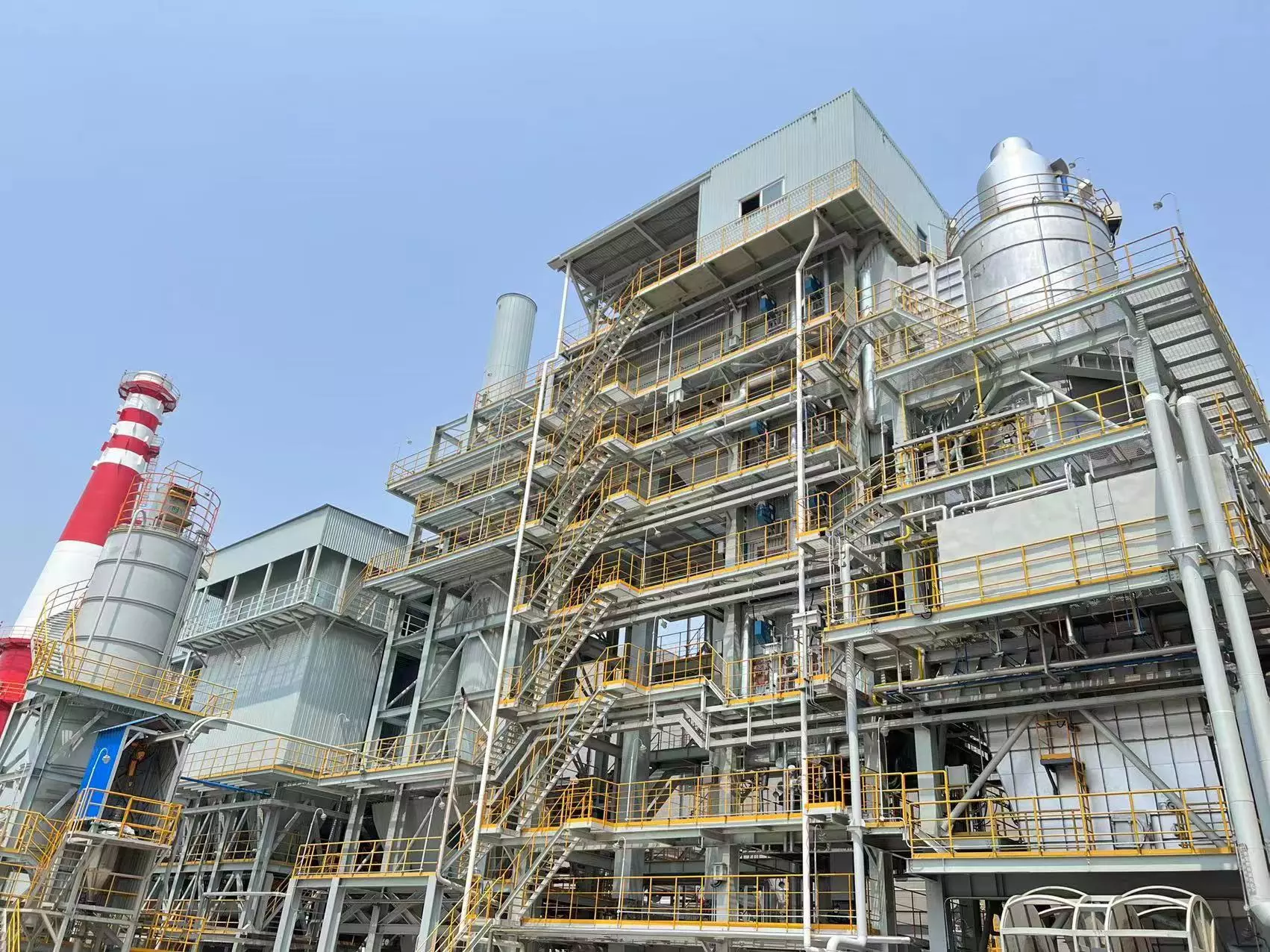The incineration workshop can dispose 22 kinds of wastes including HW02, HW03, HW04, HW05, HW06, HW08, HW09, HW11, HW12, HW13, HW14, HW16, HW18, HW19, HW21, HW31, HW37, HW38, HW39, HW40, HW45, HW49 in the national hazardous waste list, mainly including mineral oil waste, surface treatment waste, waste organic resin waste, refined (distilled) residue, coating waste, waste drugs, pesticide waste Wastes containing wood preservatives and laboratory wastes such as waste reagents, reagent bottles, etc.
The main devices of the incineration workshop are composed of incinerator, waste heat boiler, flue gas purification system and chimney. According to different properties and states of waste, the waste can be fully mixed and combusted in the furnace through proper feeding system. The incinerator is composed of a rotary kiln and a secondary combustion chamber. The temperature of the rotary kiln is 850-1100 ℃, and the temperature of the secondary combustion chamber is 1100-1250 ℃. The flue gas stays in the secondary combustion chamber for ≥ 2 seconds. The flue gas purification system adopts SNCR denitration, quenching, lime activated carbon dry adsorption, bag type dust removal and wet spraying absorption processes. The treated flue gas meets the requirements of the Standard for Pollution Control on Hazardous Waste Incineration (GB18484-2001), and is equipped with a continuous online tail gas monitoring system to monitor the flue gas emission in real time. The fly ash generated in the incineration process is sent to the solidification and stabilization workshop for further solidification treatment; The slag generated shall be solidified or directly buried according to the detection and analysis.


